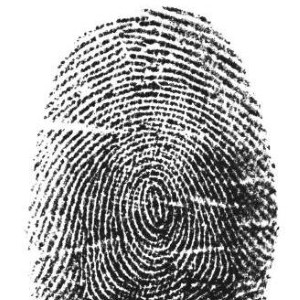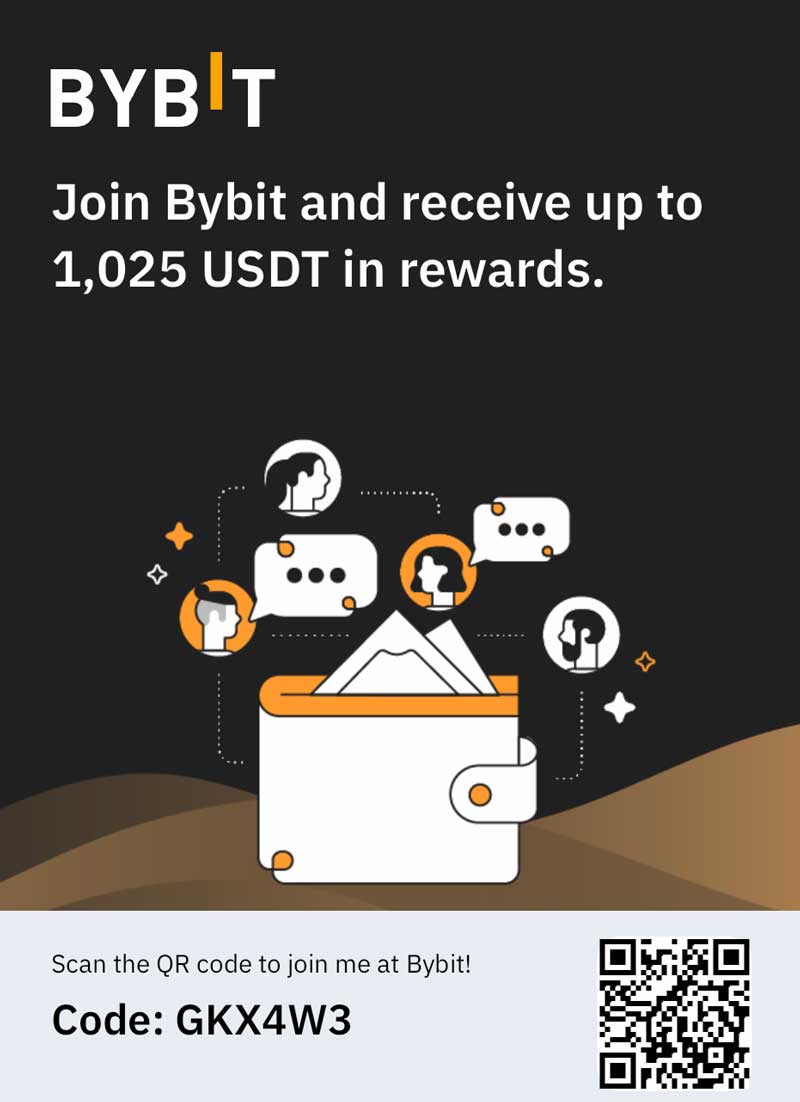Biometric security systems are becoming more and more commonplace. Eye or hand scan technologies are a standard security measure in most airports now and even the everyday workplace is utilising hand scan systems to prevent unauthorised access. There are many pros and cons. Firstly, biometrics work off unique traits to each person, making forging identities or information all the more difficult. However, at the same time, and like all technologies, there is still the possibility of a glitch or malfunction. No technology is without its issues. So let’s have a look at the best and most effective uses of biometric security systems.
Hand and fingerprint scans
 One of the most common uses of biometrics in security is hand and fingerprint scanning. Both are a similar technique, for example both require low storage space, but the two have some key differences as well. Hand scans are not totally unique to everyone, unlike fingerprints where no two prints are the exact same. This makes the latter a more suitable means of biometric security as there is little margin for error. However, this method has long been associated with criminal investigating and carries this association with it, meaning some people, particularly in a workplace environment, may find it uncomfortable. Hand scanning may be the best option for businesses that don’t require the highest levels of security such as those needed in airports, but still need a strong security system.
One of the most common uses of biometrics in security is hand and fingerprint scanning. Both are a similar technique, for example both require low storage space, but the two have some key differences as well. Hand scans are not totally unique to everyone, unlike fingerprints where no two prints are the exact same. This makes the latter a more suitable means of biometric security as there is little margin for error. However, this method has long been associated with criminal investigating and carries this association with it, meaning some people, particularly in a workplace environment, may find it uncomfortable. Hand scanning may be the best option for businesses that don’t require the highest levels of security such as those needed in airports, but still need a strong security system.
Eye scan
There two types of uses of biometrics for recognising the eyes for authentication – the retina and the iris. While seemingly of a similar nature, there are, naturally, some notable differences. Retina scanning, while highly accurate, is extremely expensive hardware to buy, install and maintain and, of the two methods, it is rather intrusive. Iris scanning on the other hand is nearly equally as accurate in identifying people but is not as intrusive, requiring a camera that can be up to 12” away, making it less uncomfortable for the person involved. What’s more, iris scanning uses lower amounts of storage space, ultimately saving you money on maintenance costs compared to retina scans.
Face scan
Biometric face scanning is another technique with its fair share of pros and cons. The biggest pro is that it is less intrusive than a lot of other scanning methods. However, to gain access each time you need to position your face before the scanner in precisely the same position as the initial scan so that you will be recognised. This can obviously cause problems, as it can be hard to ensure perfect positioning every time. In addition to this issue, the area’s lighting can also inhibit how the face is picked up by the scanner. This method can be time consuming but is a very good option if access is limited to a small number of personnel.
Whether or not a biometric security system is for you is all dependent on the needs of your business or premises, and how important access control is to you. It is of course the pricier choice for security but if high levels of security are needed, such as patrolling access to information or areas that are very sensitive, then a biometric system may be the best option as it is one of the most difficult systems to fraudulently break through.


